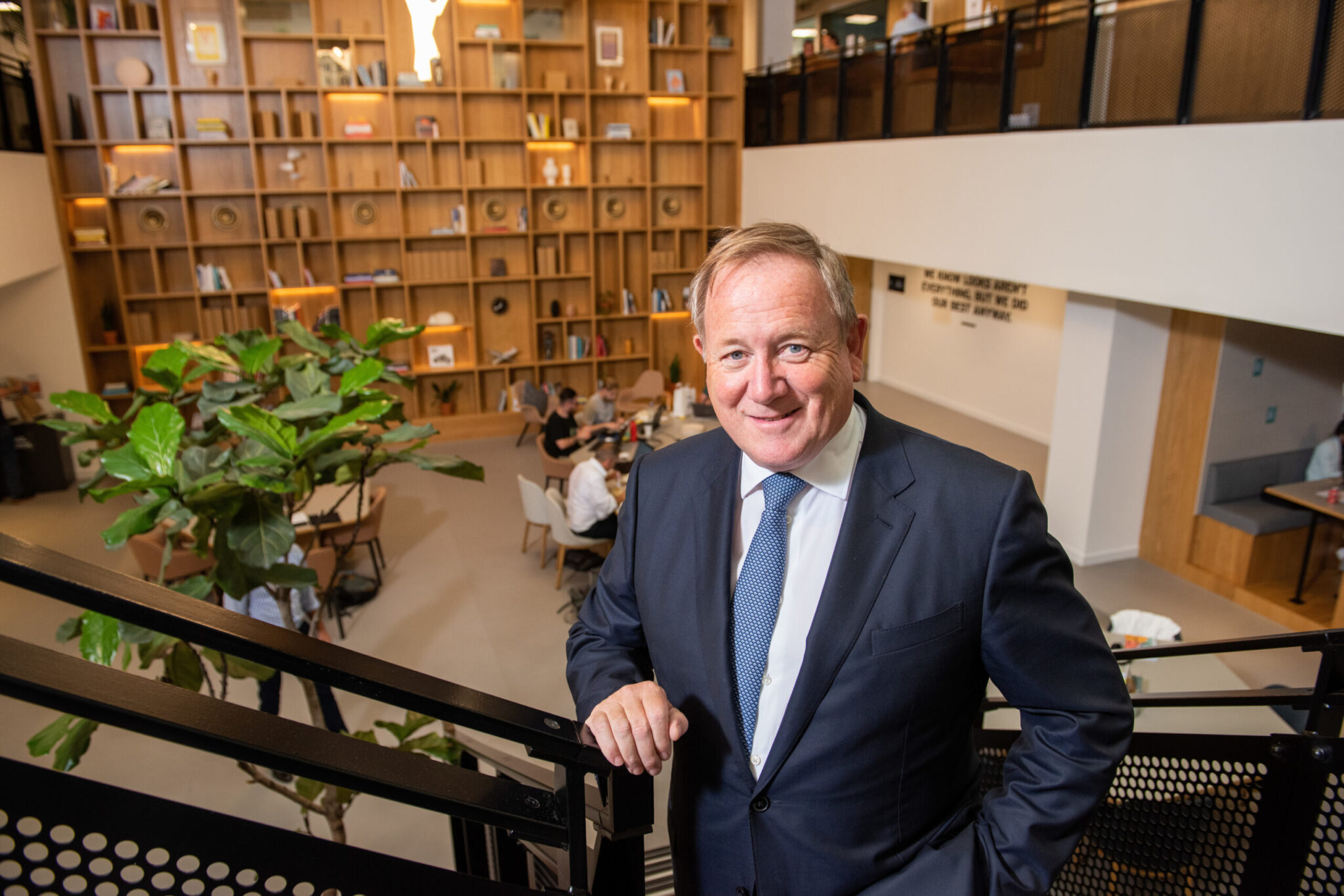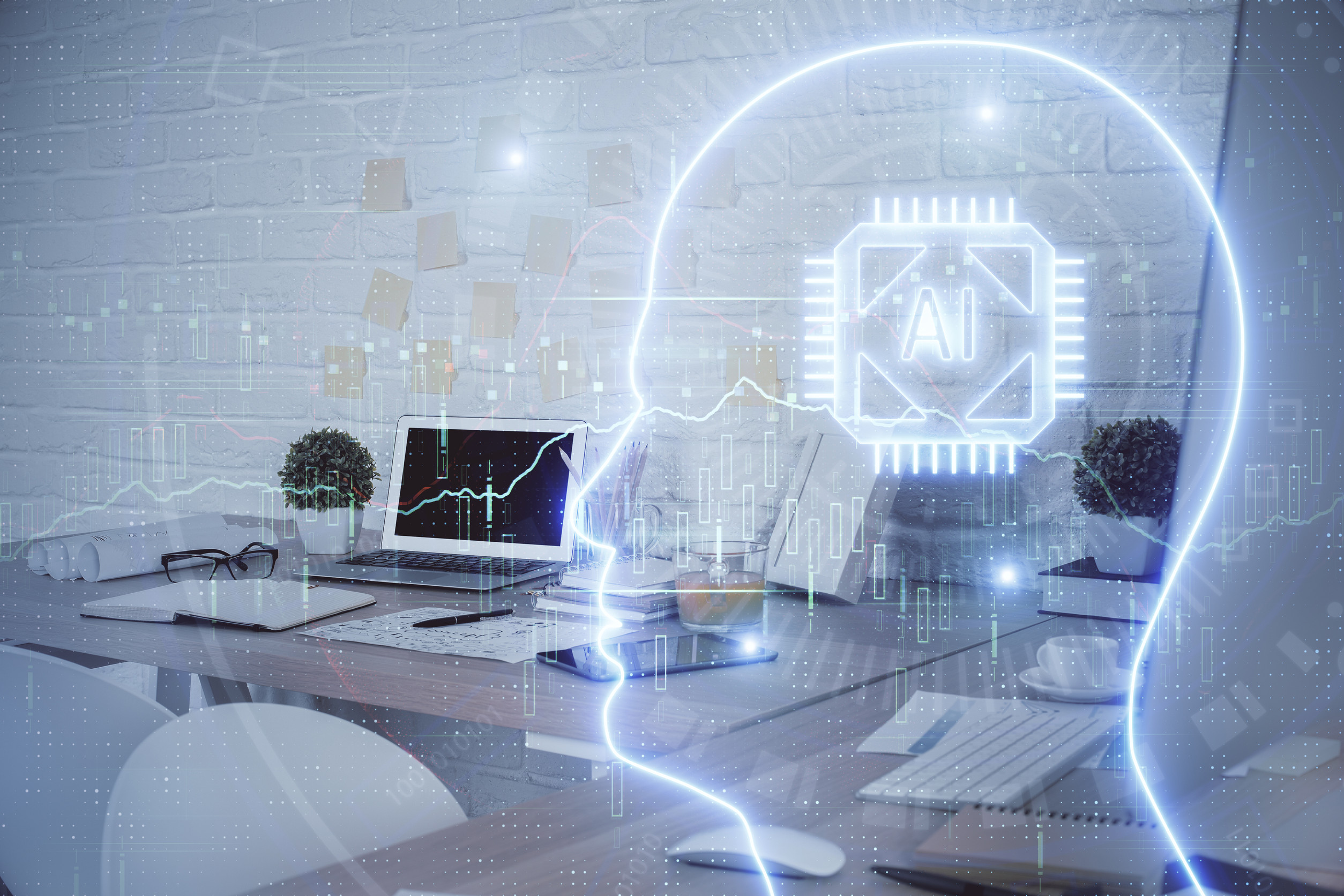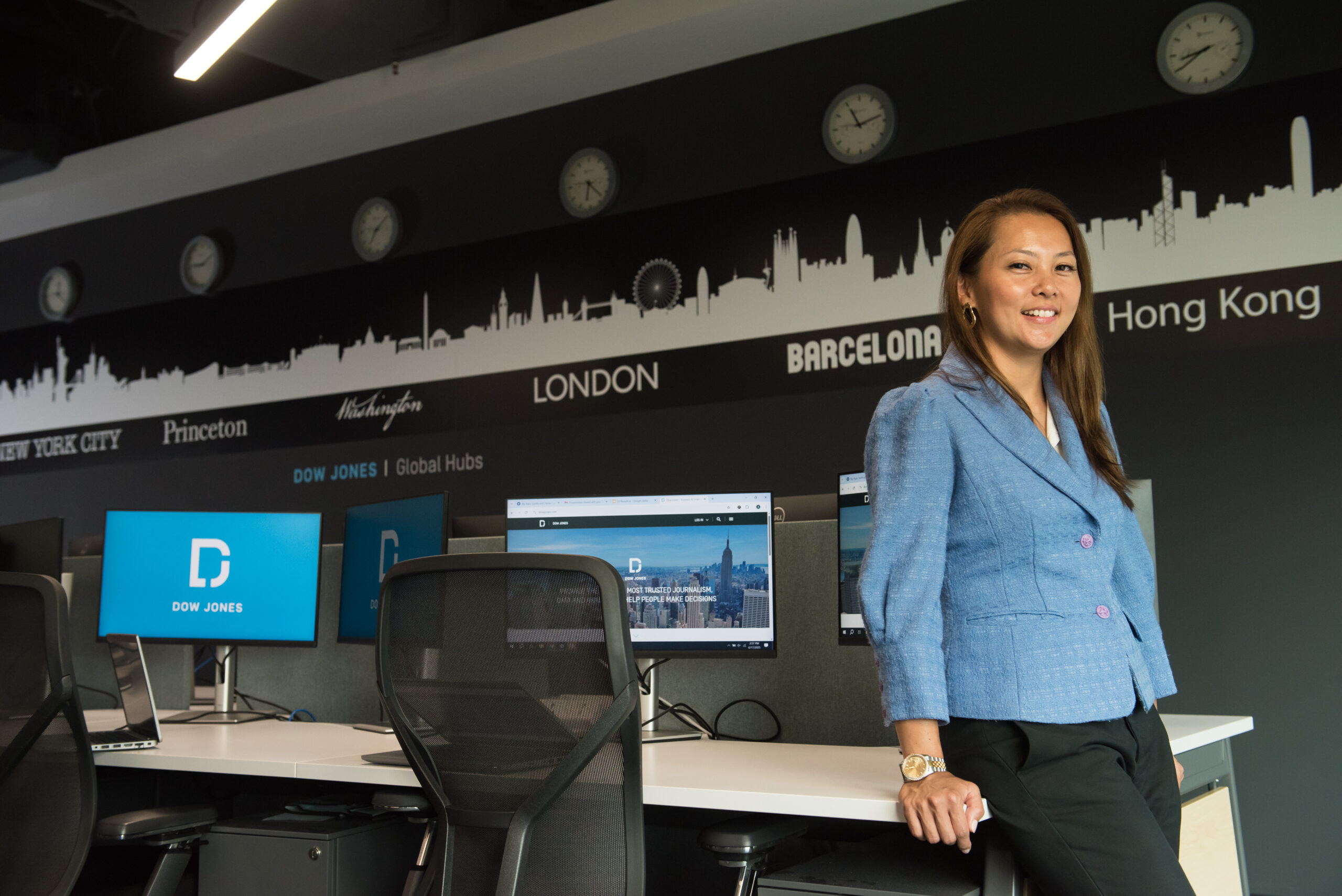At Adobe, employee experience is a marriage of art and science
- Daniel Teo

With 75% of the global workforce to consist of millennials by 2025 and millions of employees being thrust into remote working by the COVID-19 pandemic, digitalisation is no longer an option – not just for business operations and job automation, but also employee experience.
And if you think throwing incentives and parties are the only way to go in engaging and improving your employee experience, think again. In the digital world that the 24/7 connected workforce are living in, they would expect the same always-on connectivity for their experience as an employee.
At Adobe, the main driver of its employee experience is its cloud-based intranet, Inside Adobe, which keeps its 21,000 employees worldwide connected by serving up personalised content such as company announcements and events, corporate policies, benefits information, volunteer opportunities and professional resources such as IT support.
Through the platform, many employees have become expert users of Adobe tools which they use to publish their own content such as email newsletters. Authorised employee communications teams can even push content to digital displays in the office hallways, break rooms, and cafes. And the company pays close attention to how employees use the site and how they prefer to consume information based on page views, likes, shares, comments, email open rates, and click-through rates.
Speaking exclusively to HRM Asia, Scott Rigby, Head of Digital Transformation, Adobe Asia Pacific explained how lessons from customer experience can be applied to employee experience.
“As you would with your customers, you have to stop and understand your employees as audiences who are engaged through multiple different channels such as the internet, your public website, emails and even social media,” he explained.
“Experience is a combination of art and science. Science being the data, and art being the content you need to provide to get behavioural triggers. The behavioural triggers from your customers or employees are the data indicating the type of engagement or information they’re looking for or being engaged in. If you’re able to interpret the data, you’ll be able to come up with the right content to improve your engagement.
“There’s a huge amount of investment going into delivering better employee experiences as the way employees engage with organisations today is changing rapidly. Businesses need to adapt very quickly to be able to execute on those experiences and engage employees to get them to participate and be involved in the business, no matter where they’re located,” he added.
An integral part of employee experience is training and delivering it in an engaging way so that employees are equipped with the relevant skills for their constantly evolving roles.
Technology, such as automation, augmentation and artificial intelligence (AI), has transformed jobs in the workforce. At the same time, it has helped businesses become more productive and cost efficient. And Rigby believes companies should reinvest the cost savings into reskilling its people to prepare them for the new wave of technology and innovation.
“Through effective use of technology, businesses will realise cost savings in the long term. Those savings should go towards a programme of digital and data training for employees to continue reskilling themselves. During challenging economic periods like we’re seeing now, there are also courses and webinars online that are offered free of charge where employees can continue to upskill and reskill themselves. Employees who are empowered with digital skills and data fluency are more agile and can be redeployed to different areas of the company to fill gaps,” he continued.
Finally, Rigby emphasised the importance of agility and speed, “Speed is the most powerful attribute of modern organisations. Business leaders need to be able to react to changes in their customer behaviours and markets more quickly than their peers to stay ahead of the competition. This requires leaders to continue to invest in their employees to ensure they have capabilities to be flexible, agile and innovative when unexpected events occur.”






